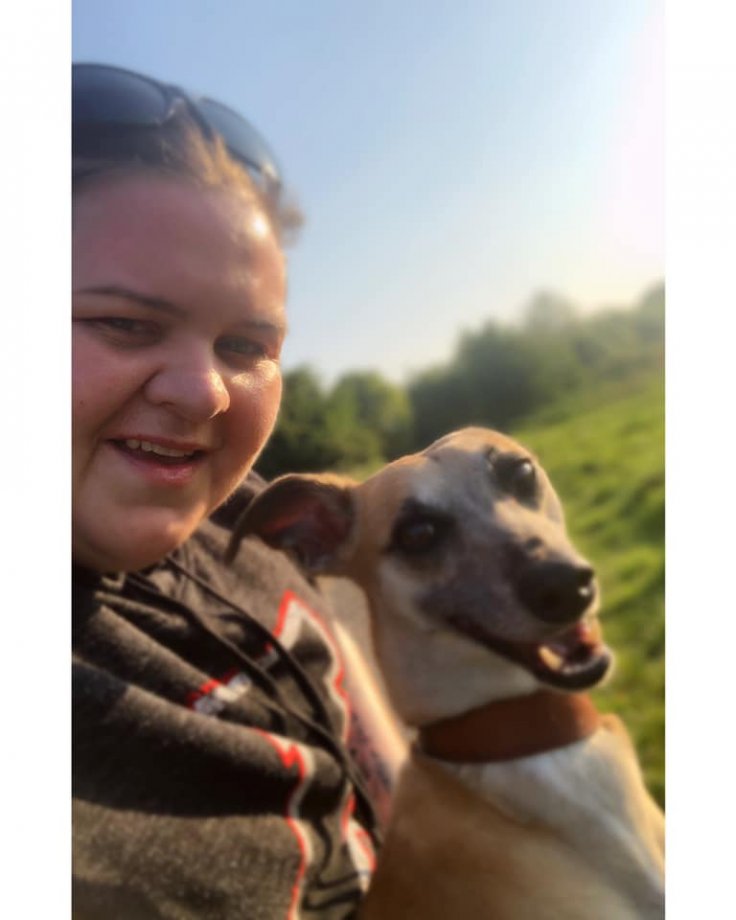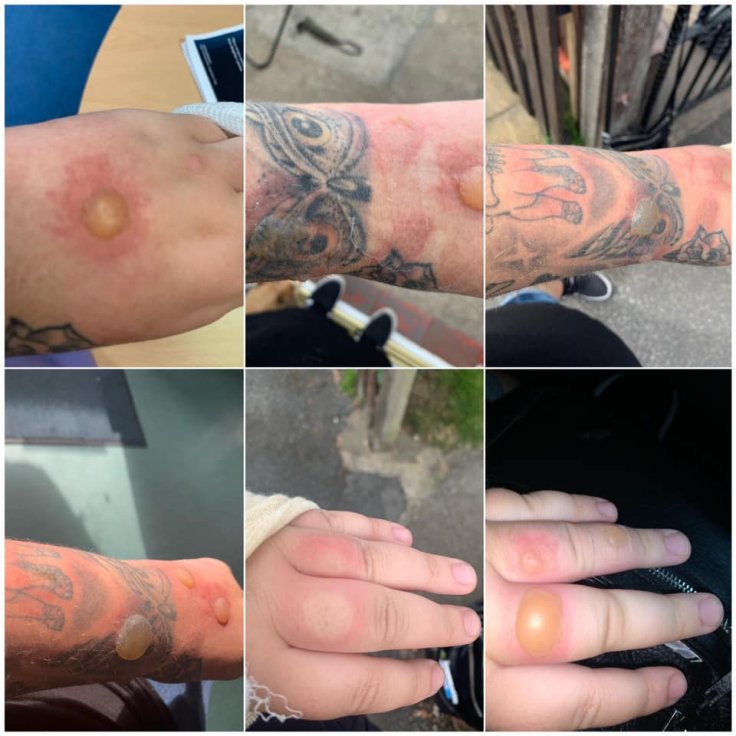A 24-year-old woman in Chester, England is left with patches of her flesh burnt after she unintentionally touched a plant while walking her pet dog.
The woman, Georgia Venables, took her pet dog 'Belle' for walking in Chester when she was stung by a plant, which is known as Britain's most dangerous, hogweed. She was left with enormous blisters on her left hand and arm. The photos shared by the victim on social media showed that Venables developed gaping holes in her flesh where the skin was scorched away.
The Victim of Hogweed

Venables, who is a care home assistant at Tarvin Court Care Home, had to keep off from work due to the injuries. She said, "It happened on August 19 and I am still getting big painful blisters now."
She had to go to the Accident & Emergency (A&E) wing six times since she noticed those blisters. Initially, she was given antibiotics and antihistamines. Venables said she is now waiting to see a dermatologist as her injuries continue to take a toll. "I'm off work losing money which I can't afford to lose as I'm a key worker," she added.
Venables is just one of several people in Britain to have been burnt by the hogweed tree in recent weeks. Last week, the 10-year-old William Thomas developed similar medical issues after he came in contact with the dangerous plant in Weaverham, located 13 miles east of Chester.
Venables said she probably touched the plant when she knelt down to help her pet dog. Like other victims, she failed to understand immediately how badly she had been stung. When she returned home, "I think I have been nettled on my hand," she said. But two days later the blisters appeared and "It got really painful and sore, and more and more kept coming."

Exposure to Giant Hogweed Causes:
- Painful blisters that form within 48 hours and become dark and pigmented
- Scars that typically last for a few months to six years
- Long-term sensitivity to sunlight
What to Do?
- Clean the affected area with soap and cold water immediately
- Keep exposed area away from sunlight for at least 48 hours
- In case of a reaction, apply topical steroids to reduce the severity of the reaction and ease discomfort
- If a reaction has occurred, the area of skin may be sensitive to sunlight for a few years and you may need to apply sunblock or keep the affected area covered from the sun









